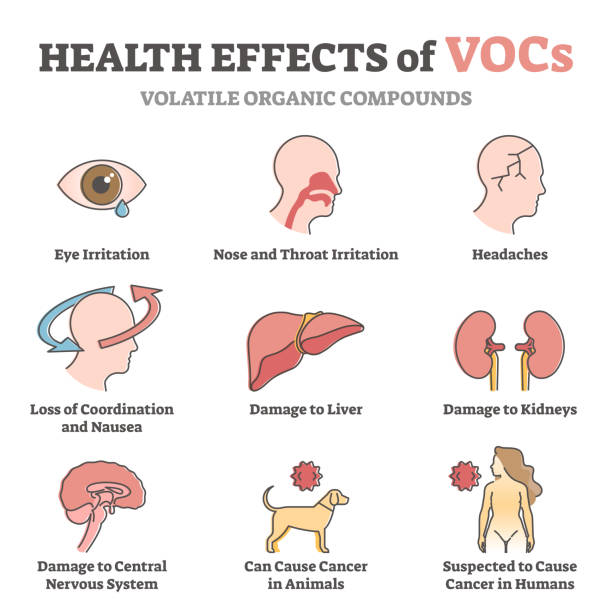1,2-Dibromoethane (EDB)

Parameter Type: Drinking Water Testing for Volatiles
Parameter Name: 1,2-Dibromoethane (EDB)
What it is and Where it Comes From:
1,2-Dibromoethane, also known as ethylene dibromide (EDB), is an organobromine compound with the chemical formula C 2H 4Br 2. Although trace amounts occur naturally in the ocean, where it is formed probably by algae and kelp, it is mainly synthetic. It is a dense colorless liquid with a faint sweet odor, detectable at 10 ppm, is a widely used and sometimes-controversial fumigant. The combustion of 1,2-dibromoethane produces hydrogen bromide gas that is significantly corrosive. It has been used as a pesticide in soil and on various crops. Most of these uses have been stopped in the U.S. It continues to be used as a fumigant for treatment of logs for termites and beetles, for control of moths in beehives. Drinking water testing gives you several benefits like peace of mind, identifying contaminants in your water, and insight into health concerns. Safe Home offers Laboratory drinking water testing kits for 1,2-dibromoethane (EDB), allowing you to collect your water sample and ship it directly to our EPA-Certified Laboratory. This platform of drinking water testing for 1,2-dibromoethane (EDB) will give you an accurate level based on the lowest level of a parameter our instruments can detect (Method Detection Level). Safe Home drinking water testing for volatiles can be used for city and well water supplies. Drinking water testing should be done any time you notice a significant change in your water quality.
Health Effects:
Little information on the toxicity of ingested 1,2-dibromoethane in humans was identified. It was estimated that 200 mg/kg of body weight is lethal to humans, based on the death of a 60-kg woman who had ingested 12 g. Ingested 1,2-dibromoethane is moderately acutely toxic in experimental animals. Reported oral LD50s for rats, mice, guineapigs, rabbits, and chickens range from 55 to 420 mg/kg of body weight. Rabbits appear to be the most sensitive species, whereas mice are the least sensitive.
Solutions to Contaminant Levels:
You have completed the drinking water testing process, what Is the next step? A filter with granular activated carbon (GAC) is a proven option to remove certain chemicals, particularly organic chemicals, from water. GAC filters also can be used to remove chemicals that give objectionable odors or tastes to water such as hydrogen sulfide (rotten eggs odor) or chlorine. Reverse osmosis is a process that removes foreign contaminants, solid substances, large molecules, and minerals from water by using pressure to push it through specialized membranes. Here’s how reverse osmosis works. Unlike osmosis, which is a passive process, reverse osmosis requires external force (pressure) to work. Pressure is applied to a highly concentrated solute solution, such as salt water, to pass through a membrane to a lower concentrate solution. The membrane allows water to flow through but blocks out larger molecules, like contaminants. The reverse osmosis process leaves higher concentrations of solute on one side and only the solvent, or freshwater, on the other. Who do I need to contact to find out more information about water quality in my area? Every community water supplier must provide an annual report to its customers, known as a Consumer Confidence Report (CCR). The report provides information on your local drinking water quality, including the water’s source, contaminants found in the water, and how consumers can get involved in protecting drinking water. How often does the local public water system preform drinking water testing? Frequency of drinking water testing depends on the number of people served, the type of water source, and types of contaminants. Certain contaminants are tested more frequently than others, as established by the Safe Drinking Water Act. You can find out about levels of regulated contaminants in your treated water for the previous calendar year in your annual Consumer Confidence Report (CCR).


